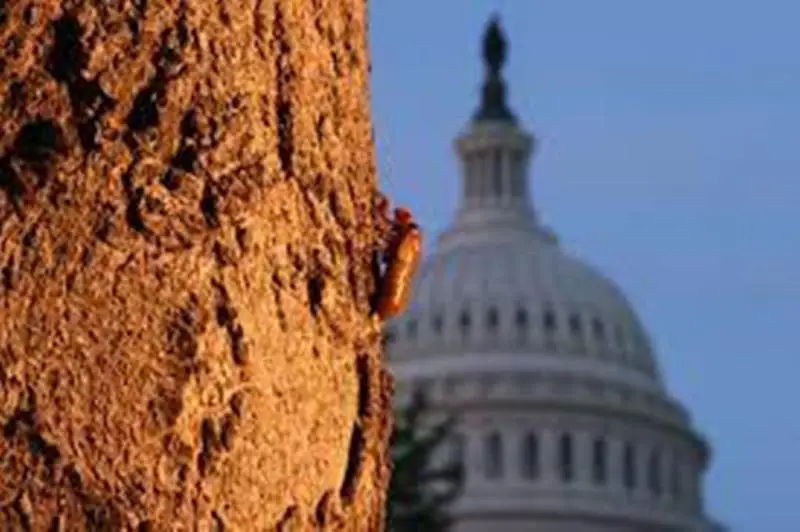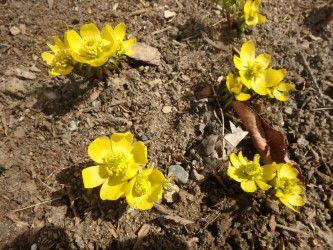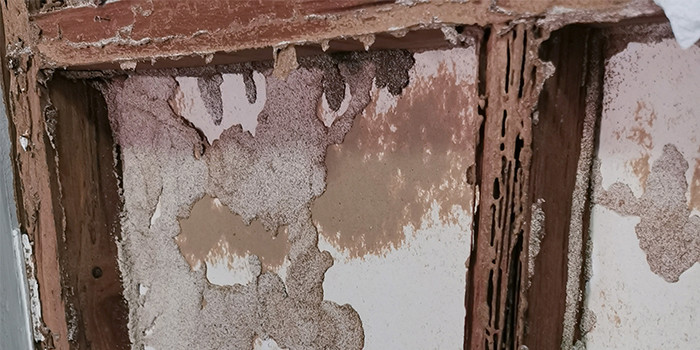Termites have negative consequences for humans: their infestation is harmful.
Old and dirty wooden board was eaten by group of termites
Termite infestations can cause major damage to buildings and furniture. It was recently reported by the National Pest Management Association that termites cause more than $5 billion in damage annually in the United States. That’s more damage money than fire, earthquakes and storms combined!
There are two main types of termites that infest homes: termites that live underground (underground termites) and those that live entirely in the wood (drywood termites). Drywood termites can be found in the furniture, frames, and hardwood floors of homes, while subterranean termites form colonies in the soil.
When Georgia gets warmer, termites establish new colonies. These reproductive termites simultaneously leave the nest in search of a mate. This is called a “swarm” when large numbers of termites are looking for mates. The rain and warm temperatures facilitated this process. The winged termites emerge from soil, cracks, or holes in search of a mate, new nesting sites, and food sources.
Does insurance cover a termite infestation?
Insurance policies refer to termites as “wood-damaging insects.” Unfortunately, most home insurance policies do not cover damage caused by termite infestations because termite infestations can be preventable. Additionally, most insurance policies do not cover damage that is considered maintenance issues.
Also, most termite infestations are well established before any outward signs become apparent. It’s best to familiarize yourself with the signs of a termite infestation so that you can recognize a termite infestation and seek prompt treatment.
Reproductive termite Macrotermes mossambicus after shedding its wings
Signs of a termite infestation
termite hill
Hollow sounding wood
Red clay or mud trails
Sagging of floors or ceilings
Mud hoses on outside walls
Crumbling wood of any type of structure
Cracked or distorted paint on wood surfaces
Groups of winged insects (“hawk moths”) or shed wings
Damaged wood can indicate termites or carpenter ants. If you notice that your wood is cracked, caving, sagor hollowYour home may have a termite infestation problem, and termites can quietly feast on the structure of your home.
Difference between flying ants and termites
Many people see flying insects swarming out of cracks in the floor or holes in the wall.
People are often fooled because they may look like ants but are often flying termites.
Small termite group on rotting wood. The termite on the ground is looking for food to feed the larvae in the cavity.
There are two or three things you have to look at to figure out if it’s ants or termites.
It helps to have a magnifying glass for the identification process.
Can you get rid of termites yourself?
– Applying liquid or foam termiticides to the outside of your home.
– Use of essential oils or beneficial nematodes as an organic solution.
– Set up termite baits to slowly kill the colony.
-Spraying boric acid around affected areas in the home.
Eliminated/Adetutu Adetule
Subscribe to our telegram and YouTubeChannels also join our Whatsapp update group








